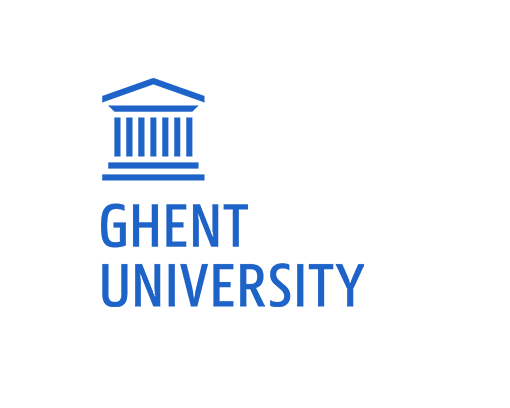L’expression de la modalité en Kirundi. Exploitation d’un corpus électronique
- Ferdinand Mberamihigo (Département de Langues et Littératures Africaines, Université du Burundi)
Abstract
The overall goal of this doctoral study was to investigate the different types of modal markers in Kirundi, to describe their syntactic properties and semantic values, and to establish their frequency in the corpus. To this end, we used both an onomasiological and a semasiological approach, in order to identify and describe the different modal markers. The study was based on a corpus of Kirundi, consisting of 1.9 million tokens, which was compiled according to authoritative standards in the domain, taking into account requirements in terms of balance and representativeness. The corpus comprised texts belonging to a number of different genres/topics and was made up of texts extending over a time span of nine decades. Three types of modal markers were identfied. The most important is the affix oo , commonly labelled potential or conditional in Kirundi descriptions. It is the most frequent modal marker in the corpus, with the largest semantic scope and the greatest number of modal values. Therefore, it stands as the grammatical morpheme dedicated to the expression of modality in Kirundi. The second type of modal marker is a set of verbs, whose semantic values and frequency vary. Some of them have been grammaticalized to the extent that they act as auxiliaries. Others have not been grammaticalized to this extent. The third category consists of adverbs. This category expresses only one modal category: epistemic modality. This study showed the intertwining between modal and non-modal categories, by studying elements whose use overlaps with the domain of modality. On this matter, the situation is that directivity is attested as a post-modal value for markers expressing specifically deontic necessity. As regards volition, it is also a post-modal value attested on markers expressing necessity. As for evidentiality, it is closely associated with epistemic modality. This work showed also that within modal markers in Kirundi, intersubjectification and grammaticalization are linked. The study makes a contribution to the description of a semantic category that is generally under-described in Bantu languages. Moreover, through the method of corpus linguistics, it has used an original approach for a language without written tradition, i.e. the approach of studying and exemplifying linguistic phenomena by looking at natural communication, which is different from elicitation. This thesis has illustrated the advantages offered by such a method, as it allows facts to be expressed statistically. This work has also created the possibility of a diachronic analysis of the development of modal markers in Kirundi. Moreover, as this study dealt only with af rmative forms, an extension to the study of the relationship between polarity and modality in Kirundi would allow for a better understanding of the modal category in Kirundi.
Key words: Kirundi, modality, possibility, necessity, directivity, volition, evidentiality, grammaticalization, degrammaticalization, corpus linguistics, onomasiological approach, semasiological approach
How to Cite:
Mberamihigo, F., (2015) “L’expression de la modalité en Kirundi. Exploitation d’un corpus électronique”, Afrika Focus 28(2). doi: https://doi.org/10.21825/af.v28i2.4871
Downloads:
Download PDF
View
PDF
